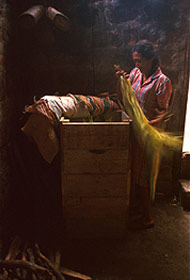I want to get a decent straw fedora for the very humid St. Louis summer.
I like the bright white color but every time I find one that I think I like and view a larger image it looks more tan colored or natural. Does this have something to do with the weave?
My price range is around $100.00
Want one with a center dent and about a 2.5 inch brim
Would prefer a large black standard ribbon
I like the bright white color but every time I find one that I think I like and view a larger image it looks more tan colored or natural. Does this have something to do with the weave?
My price range is around $100.00
Want one with a center dent and about a 2.5 inch brim
Would prefer a large black standard ribbon
